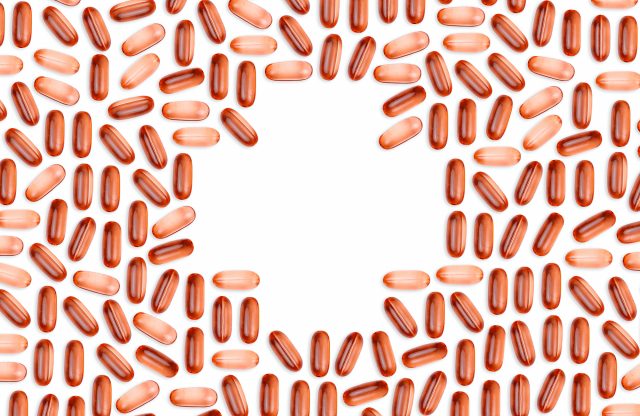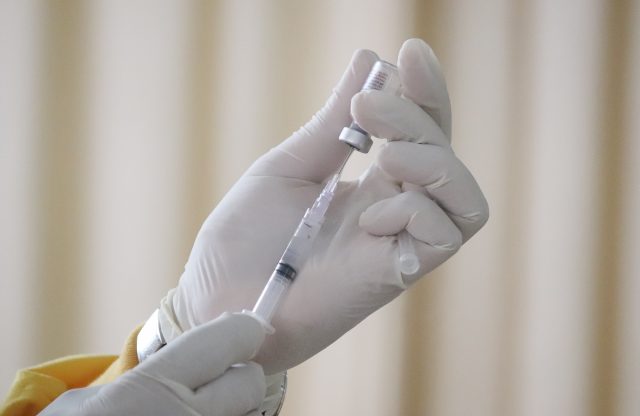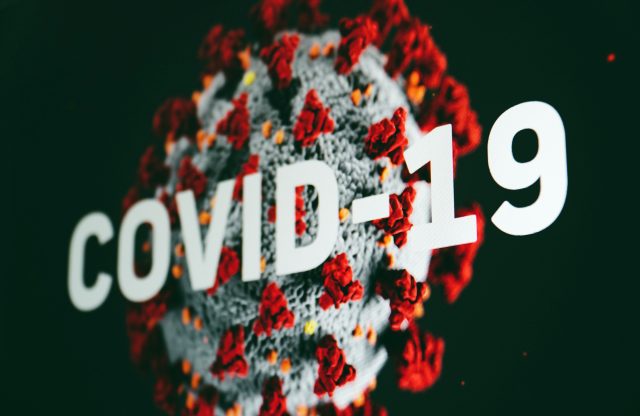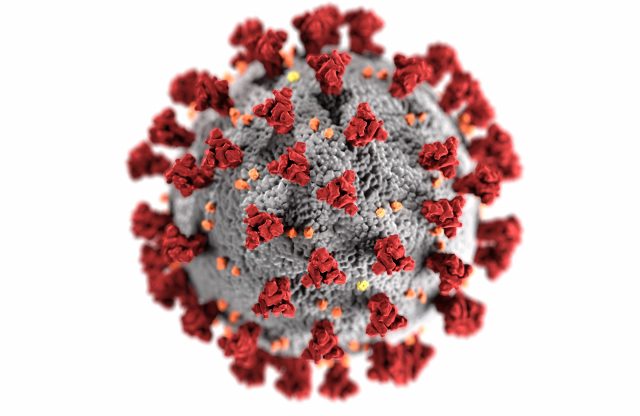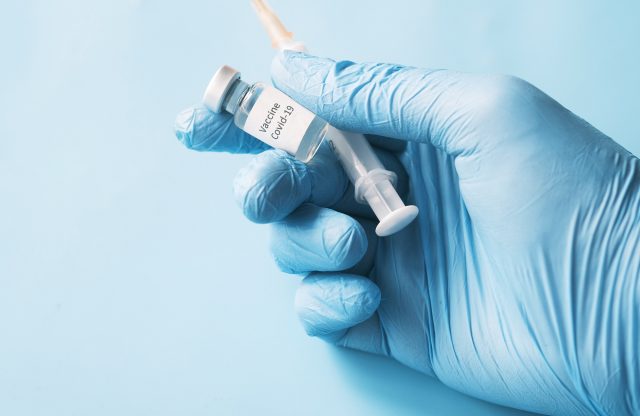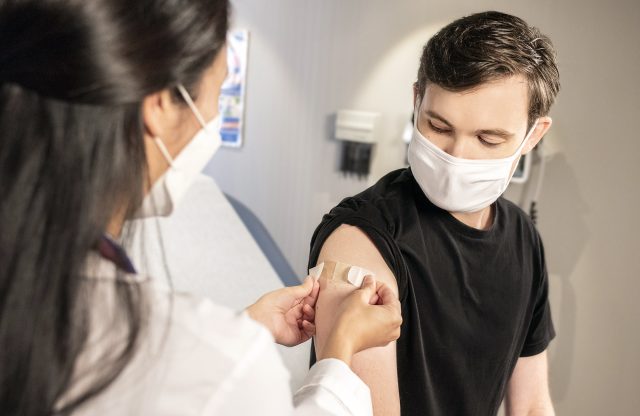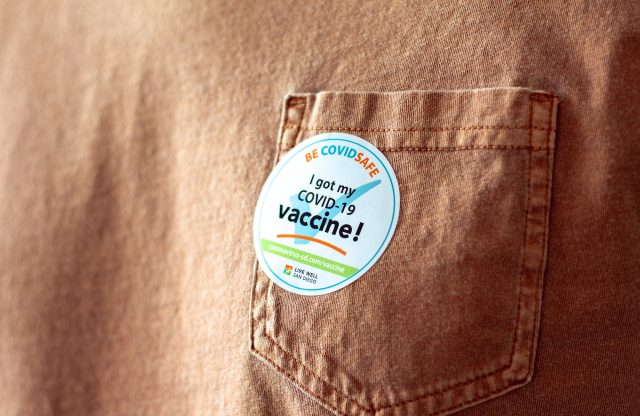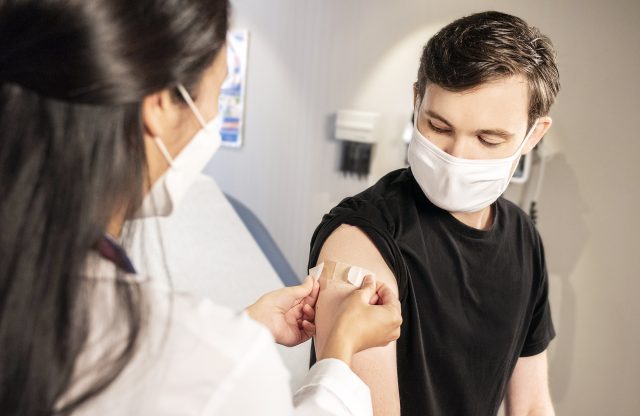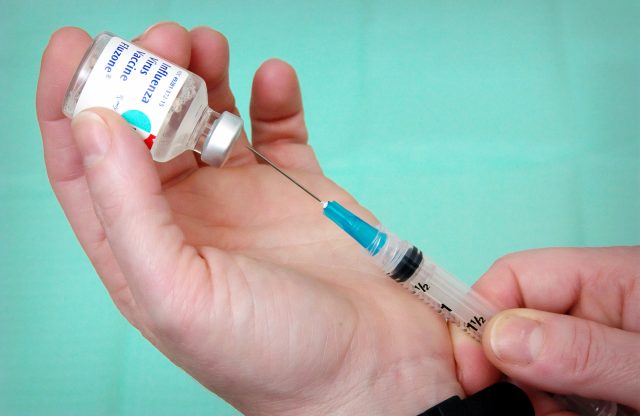Dr Robert Hess: Corona drug molnupiravir

Dr Robert Hess – 10/05/2021
Dr Robert Hess: Corona drug molnupiravir significantly reduces number of severe cases of disease and raises hopes, says manufacturer.
Merck Sharp and Dohme (MSD), the US pharmaceutical giant based in Kenilworth, New York, last week reported positive results from a Phase III trial of its new corona drug, molnupiravir. The manufacturer claim that it alleviates the course of the COVID-19 disease and halves the risk of hospitalization or death from a coronavirus infection. The potentially groundbreaking results promise a new way of treating COVID-19 and herald the first of hopefully many more antiviral drugs.
Until now, COVID-19 has been treated with steroids such as dexamethasone and intravenous antibodies (MAB). Both are administered to patients who are already extremely ill. This is not the case with molnupiravir: according to the manufacturer, the medication helps most when it is taken within five days of the onset of symptoms, i.e. in the early phase of the disease.
Molnupiravir has not yet been fully approved, but an Emergency Use Authorization (EUA) from the FDA is expected. Could this antiviral pill bring the world a little closer to normal again?
What is molnupiravir and what are its origins? Molnupiravir was initially developed for the treatment of flu, but has not yet made it to the approval stage for this particular disease. The medication was developed at Emory University in Atlanta, Georgia, in the course of drug discovery research, and in late July 2020, Merck and Ridgeback Biotherapeutics announced plans to study the efficacy of molnupiravir against COVID-19 in trials that would begin in September 2020. On 19th October 2020, Merck then commenced the one-year Phase II/III study of hospitalized COVID-19 patients in the United States.
Molnupiravir itself is a prodrug of N4‑hydroxycytidine, a long-established virustatic agent. As early as the 1970s, scientists were studying the effectiveness of N4‑hydroxycytidine against smallpox viruses. N4‑hydroxycytidine is a ribonucleoside analogue that is inserted into the viral RNA as a “bad” building block, which leads to considerable errors in the copying process with the RNA polymerase (a protein complex that initiates the formation of RNA on the basis of an RNA or DNA template). The mechanism of action is similar to that of the nucleotide analogue remdesivir. However, the effects seem to be more pronounced. The researchers observed lethal viral mutagenesis with catastrophic consequences for the virus (RNA virus error catastrophe). N4‑hydroxycytidine is claimed to be effective against coronaviruses such as SARS-CoV, MERS-CoV and SARS-CoV-2.
What do the results of the trials tell us? The Phase 1 trial of molnupiravir was conducted by the Miami-based manufacturer Ridgeback Biotherapeutics, which had acquired the rights to molnupiravir from Emory University. Molnupiravir was tested on healthy volunteers at a center in the UK at a single ascending dose of 50 to 1,600 mg. No serious adverse events occurred.
Molnupiravir was then tested in a Phase 2 trial on 202 patients who had been infected with SARS-CoV-2 but had only mild COVID-19 symptoms. Patients were given 200 mg to 800 mg of either molnupiravir or a placebo twice daily for five days. At the end of this 5-day period, all patients who had taken tablets containing 400 mg or 800 mg of molnupiravir were virus-free, while the smear test in the placebo group was positive in 11% of patients. As in the Phase 1 trial, molnupiravir was well tolerated. The rate of treatment-induced or serious side-effects was not higher than in the placebo group.
Merck (MSD) has since acquired the license and is currently investigating molnupiravir in multiple international Phase 3 trials at 170 separate centers. The MOVe-OUT trial involved 775 patients displaying mild to moderate COVID-19 symptoms, whose infection had been confirmed no more than five days before. All patients had at least one risk factor for adverse disease progression such as obesity, old age, diabetes mellitus or heart disease. Patients were randomized to five days of treatment with either molnupiravir or a placebo.
An interim analysis in early August found that molnupiravir had reduced the risk of hospitalization or death by around 50%. According to the manufacturer’s press release, this primary endpoint occurred in 28 out of 385 patients (7.3%) in the molnupiravir group as compared with 53 out of 377 patients (14.1%) in the placebo group. There were no deaths in the molnupiravir group compared with eight deaths in the placebo group, so that continuation of the trial was suspended after consultation with the FDA.
What are current expectations? Based on the above results, the manufacturer Merck (MSD) hopes for an emergency approval (EUA) in the near future. Corresponding applications are also to be submitted to other regulatory authorities worldwide. If the medication is approved by the US Food and Drug Administration (FDA), the US government plans to purchase 1.7 million doses.
According to MSD, the company could produce ten million doses by the end of the year. MSD has already entered into licensing agreements with five Indian generic manufacturers, which means that the drug could be made available quickly in large quantities if it is successful.
The latest results from the Phase 3 trial look very promising. The fact that molnupiravir is a drug that is most effective in the early phase of the disease is also a great advantage. We are working on the assumption that the results of the trials will indeed lead to an EUA from the FDA. When this will come is not yet entirely foreseeable, especially since the data have not yet been published and subjected to peer review.
We will continue to keep an eye on what is happening and keep you informed about this. We will also find out when the drug would be available at the earliest and whether it might make sense to be able to have access to it in the event of an infection. Depending on your personal situation, we will contact you again individually as soon as this drug is approved.
